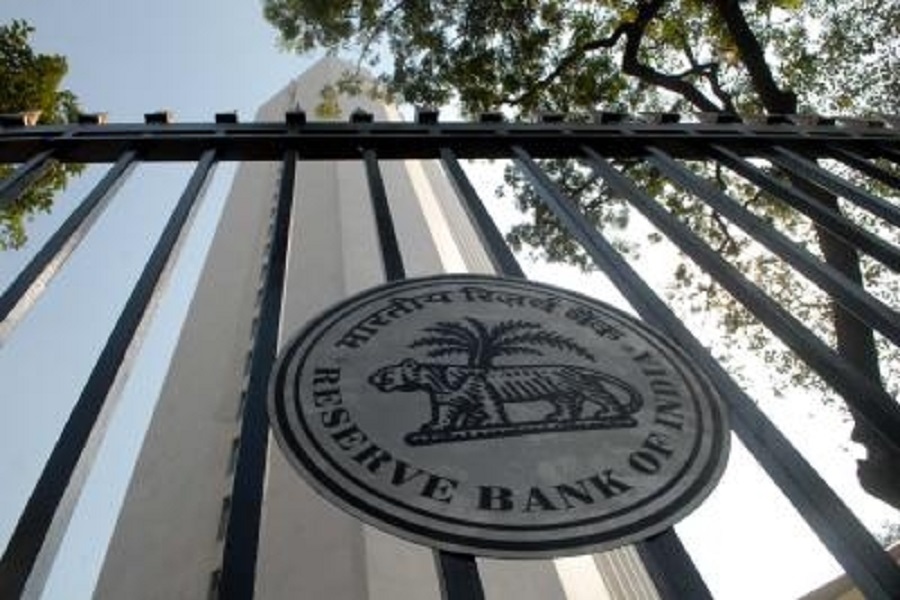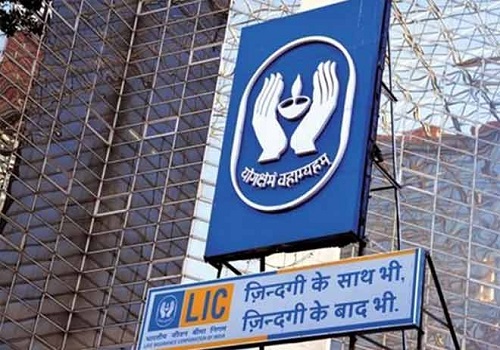Rising consumption and GDP growth to ensure a busy year for IPOs : Niveshaay Investment Advisors

India's IPO market is set for a dynamic year in 2025, this influx of public offerings reflects the strong growth in India’s capital markets and offers exciting investment opportunities. Rising consumption and broader economic growth will keep the IPO market buzzing. As per a report by Niveshaay Investment Advisors (a smallcase manager), Indian markets will witness approximately 1,000 IPOs in the next two years across various sectors. The Association of Investment Bankers of India (AIBI) forecasts 1,000 IPOs in the next two fiscal years
Some of the major companies planning to go public include:
* Reliance Jio – The telecom giant's highly anticipated IPO, it is expected to value the company at Rs 8 lakh crore.
* LG Electronics India – Plans to raise Rs 15,000 crore through an offer-for-sale.
* Ather Energy – Electric vehicle manufacturer targeting Rs 4,500 crore.
* Zepto – Quick commerce startup aiming for over $1 billion.
* JSW Cement– Filed for an IPO worth up to Rs 4,000 crore.
* NSDL– Looking to raise Rs 3,000 crore through an offer-for-sale.
* boAt– Consumer electronics brand planning a public listing with an issue size of Rs 2000 crores.
These offerings cover a wide range of sectors, including Telecom, EVs, Consumer Electronics, and Infrastructure, showcasing the diverse growth opportunities in India’s financial landscape.
Why Valuations of Recently Listed IPOs Are Important for Investors
The excitement around IPOs often attracts both institutional and retail investors, looking to capitalize on potential early-stage gains. However, the valuation at which an IPO is priced plays a crucial role in determining its post-listing performance. While some IPOs generate substantial listing gains, others struggle to sustain their issue price. Understanding how IPOs are valued and their typical listing behavior can help investors make informed decisions.
During bullish market cycles, companies tend to command higher valuations, often leading to stretched pricing. In contrast, during bearish phases, IPOs may be priced conservatively, creating better entry opportunities.
Impact of Big IPOs on Market Liquidity
Liquidity is the lifeblood of financial markets, ensuring seamless price discovery, market stability, and efficient capital allocation. It fuels investor confidence, facilitates smooth transactions, and plays a critical role in determining stock valuations. Any disruption in liquidity, even temporarily, can lead to increased volatility and price distortions across the market.
Large IPOs, while offering attractive investment opportunities, impact overall market liquidity by absorbing capital that would otherwise circulate in the secondary market. When institutional and retail investors allocate funds to a major IPO, liquidity is diverted from existing stocks, particularly in mid and small-cap segments, leading to short-term corrections and price fluctuations. This shift in liquidity can reduce trading volumes, widen bid-ask spreads, and create temporary pressure on stock prices.
The impact of a large IPO on market liquidity depends on its size, investor participation, and overall market conditions. In a highly liquid market, fresh inflows may offset liquidity absorption, minimizing disruptions. However, in tighter liquidity conditions, institutional investors like Mutual Funds and FIIs often rebalance portfolios to participate, reducing secondary market activity and tightening liquidity further. Post-listing, liquidity typically returns as investors reinvest gains or adjust holdings based on price movements and earnings performance. A successful IPO can boost sentiment and attract fresh liquidity, while an underperforming one may lead to risk aversion and further liquidity constraints.
In 2024, Hyundai Motor India’s Rs 27,870 crore IPO - India’s biggest ever - attracted massive investor interest, showing strong confidence in the Indian auto industry. Swiggy’s Rs 11,327 crore IPO highlighted the rapid growth of India’s digital economy, drawing strong demand from institutional and retail investors. Bajaj Housing Finance’s Rs 6,500 crore IPO, oversubscribed 64 times, listed with a 136% gain, delivering exceptional returns to early investors.
Given the profound impact of liquidity on market dynamics, investors must carefully assess liquidity risks when navigating large IPO events. A well-thought-out allocation strategy ensures that capital is efficiently deployed, balancing participation in new opportunities while mitigating potential disruptions in the secondary market. By understanding liquidity cycles, investors can optimize their risk-reward potential and make more informed decisions in an evolving market landscape.
Arvind Kothari, smallcase manger & founder of Niveshaay says, “At Niveshaay, we don’t chase every IPO that hits the market. While many investors get caught up in the frenzy, oversubscribed IPOs often list at inflated prices. In last decade, Studies have highlighted that over 70% of Indian IPOs tend to be underpriced initially, delivering positive short-term returns. However, these returns often do not sustain in the long run, especially when benchmarked against broader market indices. Recognizing this performance disparity, we see a unique opportunity to create value. Our plan is to identify promising IPOs and develop a targeted portfolio to capitalize on their growth potential.
Above views are of the author and not of the website kindly read disclaimer




.jpg)

















